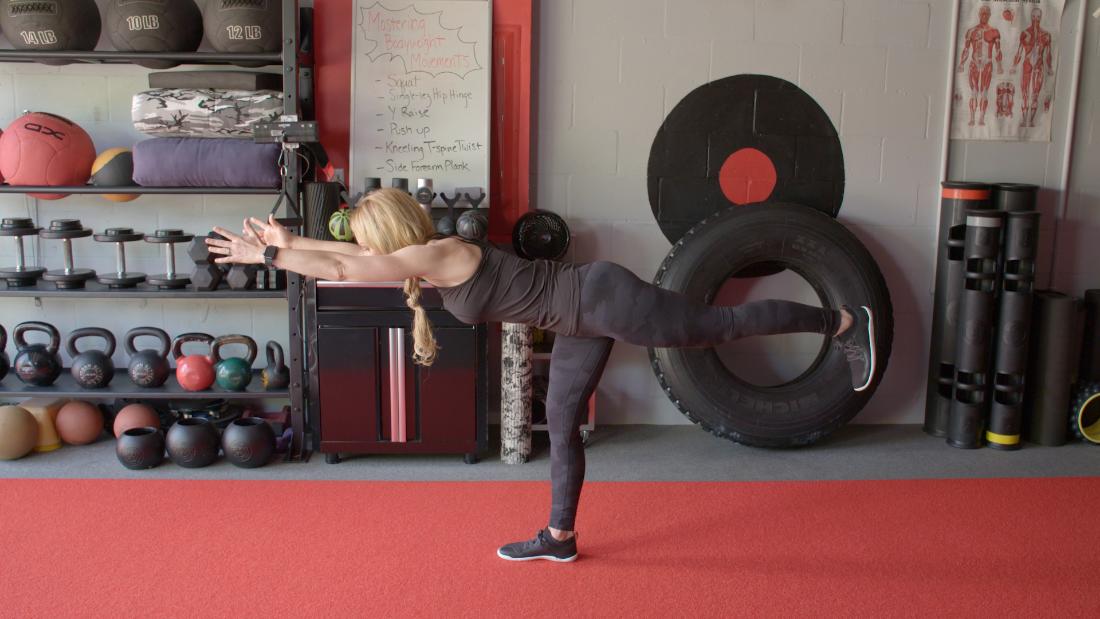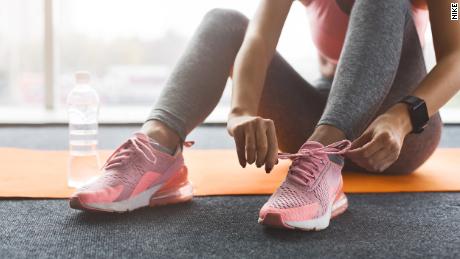It’s also something you can change by exercising to achieve better balance and lower your risk of injury. One of the most important benefits of exercise is that it makes you less susceptible to injury in your daily life. Improving your balance does that by reducing your chances of falling.
A comprehensive exercise program helps you improve body awareness and move better with increased strength, stability, and coordination, all of which promote better balance.
Regardless of the style of exercise you do, the ability to move and balance your body in any activity comes from the connection between your brain, nervous system, and muscles. This is your mind-body connection. Communication between mind and body is specifically driven by two aspects of your central nervous system: proprioception, also known as your kinesthetic sense, and your vestibular system.
Proprioceptors located in your joints and muscles inform your sense of movement, posture, and the orientation of your limbs in space. The vestibular system, located in the inner ear, provides a general sense of balance based on the movement of the head.
There are health problems, such as neuropathy (damage to the nervous system), that can make it difficult to balance. If you are chronically clumsy, it is important to see your doctor to rule out any medical problems.
Be sure to check with your doctor before starting any new exercise program.
Read on for ways to take advantage of multifaceted exercise strategies to improve your balance.
1. Start by testing your balance
One leg stand test: How long can you stand on one leg without too much wobbling? To try this, stand on a flat, stable surface, such as a hard floor instead of a thick carpet, and lift one foot a few inches off the floor, balancing your weight on your remaining standing leg. Try it on both sides.
Ideally, you should be able to stand on one leg for at least 20 seconds without wobbling too much. He may regularly practice one-legged standing balance as part of his training. Also use this activity as a gauge to reassess your balance ability as you consistently work through the exercise strategies below.
2. Improve body awareness and control
Bodyweight exercises: Now, you’re ready to focus on moves that challenge your strength, mobility, and balance. Being aware of your body position and being able to control your movement is an essential aspect of any type of bodyweight exercise, whether you’re doing standard pushups, squats, or yoga poses.
Another important aspect of body awareness is understanding where your weight is centered and being able to shift your center of mass to different areas of your body in various positions to stay balanced. For example, in a side lunge to the right, you should shift your center of mass to the hip, leg, and center to the right. Then when you move to the left, you need to transfer your center of mass to the left.
3. Increase stability
4. Improve coordination
Walk with intention: We often forget that the simple act of walking requires a lot of balance and coordination. To remember, just watch a child learning to walk. Gait, the movement pattern known as walking, is one of the most fundamental human movements and requires the coordination of alternate and reciprocal movements in the upper and lower body. As her right foot steps forward, his left foot stabilizes it, and at the same time, his left arm swings forward and his right arm swings back. When you take the next step with your left foot, everything alternates.
How we walk functionally influences how well we navigate our lives and, as we see with children learning to walk, how susceptible we are to falls. Too often we inadvertently create inappropriate walking patterns that can throw off our balance, so it’s important to walk with intention so you can notice any problems with your walking and correct them before they become habitual.
Try to walk for at least 10 minutes several times a week while paying attention to the balance of weight and movement in your body.
Dana Santas, known as the “mobility creator,” is a certified strength and conditioning specialist and mind-body coach in professional sports, and is the author of the book “Practical Solutions for Back Pain Relief.”
.

